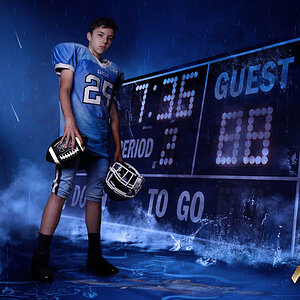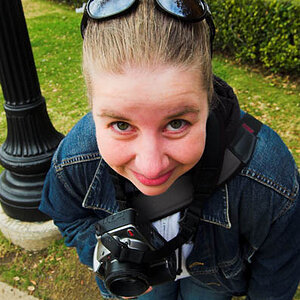reddvinylene
TPF Noob!
- Joined
- Sep 29, 2008
- Messages
- 13
- Reaction score
- 0
Hi,
I'm trying to set up this online fashion retailer (like Bluefly) and I need to take photos of people wearing my products.
I'm looking to spend about $1000-$2000 USD.
I'm a big fan of Julie Pike, SHOWstudio, Wenche Hoel Knai, Anne Christine Ogundipe and Lars Brønseth.
Much obliged y'all!
I'm trying to set up this online fashion retailer (like Bluefly) and I need to take photos of people wearing my products.
- Indoor vs outdoor shooting?
I'm thinking indoor for product photos. What should I use for lights? Maybe I could use mirrors to redirect the sun on to my models? And should I just place them in front of a white blanket or what?
Likewise, I'm thinking outdoor for the promotional material on the front page? The best time to shoot outdoors is around 10-11 in the morning right, while the sun is still "fresh"?
- Use expensive fashion models or ask innocent people on the street?
- What camera? Maybe a Canon EOS 450D? It came out "Best in Test" on Norwegian television in December 2008, and judging by what people seem to say about it, it looks like a good buy!
- What lenses? Would I need seperate ones for indoor and outdoor shooting? By all means, I need lenses that make my photos look professional, not like your regular mom 'n' pops vacation photos

- What tripod would y'all recommend?
- Would it be easy / is there an easy way to bring all of this with me when I go travelling?
- How to best ease the minds of my models and make them forget that they're actually in a photo shoot?
- Is anybody familiar with the use of vintage cameras (LOMO etc.) in fashion photography?
I'm looking to spend about $1000-$2000 USD.
I'm a big fan of Julie Pike, SHOWstudio, Wenche Hoel Knai, Anne Christine Ogundipe and Lars Brønseth.
Much obliged y'all!




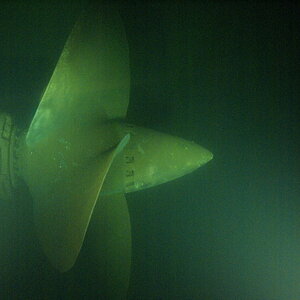
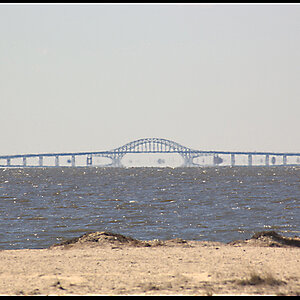
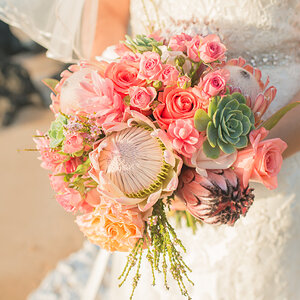
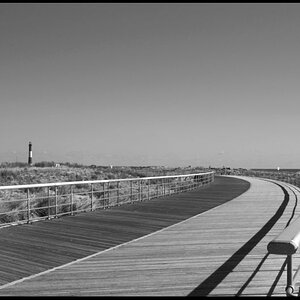
![[No title]](/data/xfmg/thumbnail/37/37534-e0f67d1d14bd79cca15937359f0e4c94.jpg?1619738132)
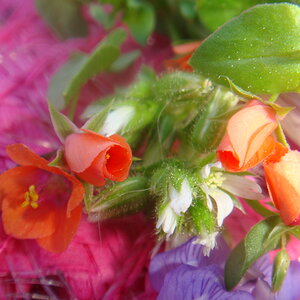
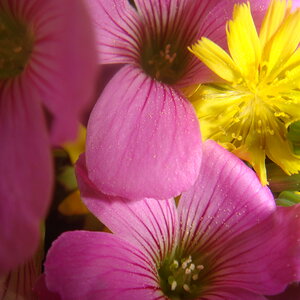
![[No title]](/data/xfmg/thumbnail/37/37603-739c5d9b541a083a12f2f30e45ca2b7b.jpg?1619738147)


